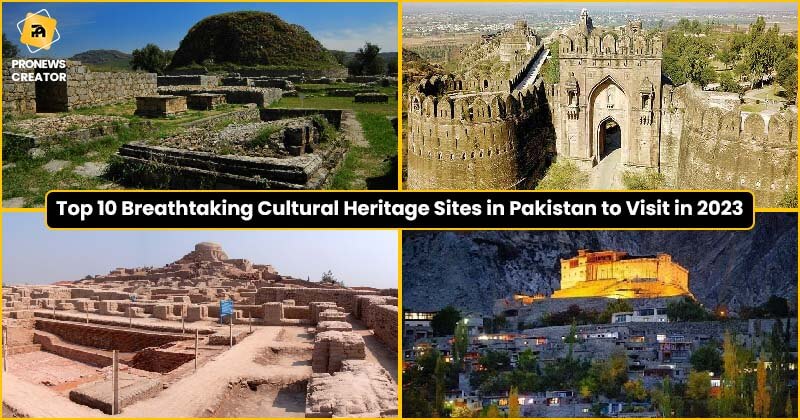Pakistan is well-known for its vast natural tourist destinations and rugged terrain.
Pakistan exhibits some of the most stunning hues of history, customs, and rich culture in every region of the nation aside from its natural tourism destinations.
You can travel to some of the top cultural heritage sites in Pakistan with your loved ones.
These are all magnificent remnants of Pakistan’s fascinating, varied past. Seeing them will offer a rich, cultural journey through its past.
What do you know about cultural tourism?
The term “movements of persons for essentially cultural motives” (such as study tours, performing arts and cultural tours, travel to festivals and other cultural events, visits to places and monuments, and travel to study nature, folklore, or art) refers to travel for these purposes.
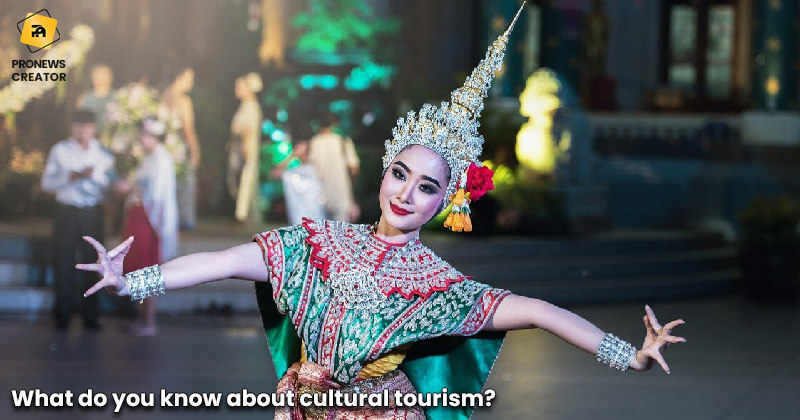
What is the oldest place in Pakistan?
Pakistan’s most ancient location is Mohen-jo-Daro. The UNESCO World Heritage Site’s ancient city was not discovered for more than 3700 years until it was unearthed by researchers in the early 1920s.
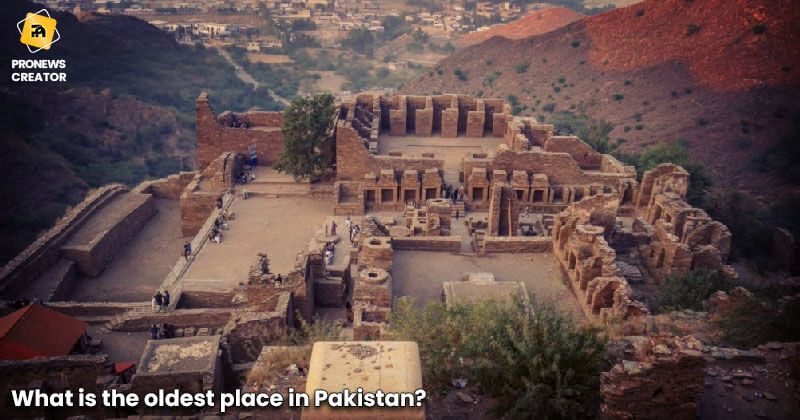
Summary of the 10 cultural heritage sites in Pakistan
We’ll discuss some of Pakistan’s top historical and cultural heritage sites. There are many cultural sites to visit. Below are a few of the most well-known:
1. Taxila
The ruins of a vibrant university centre that drew students from all over the ancient world are among the attractions of this city in Pakistan, noted for its extensive cultural heritage, which includes Buddhist monasteries, stupas, and temples.
The educational and commercial hub of the Gandhara culture is visible in Taxila.
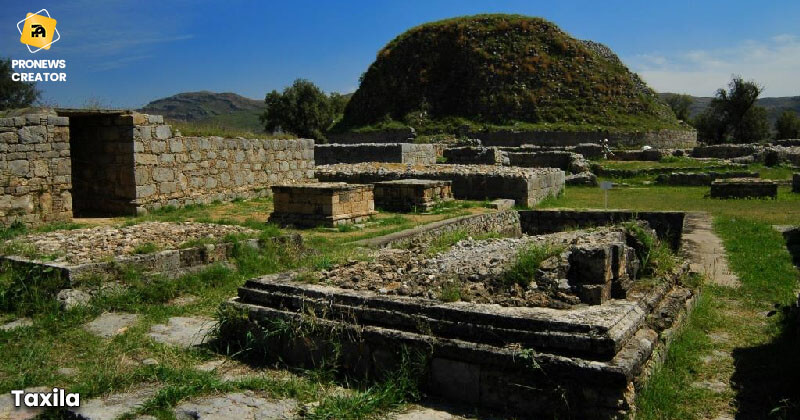
2. Rohtas Fort
The Rohtas Fort is near Jhelum City in Pakistan’s Punjab province. Sher Shah Suri constructed this renowned castle between the years 1541 and 1548.
The fort was constructed using a Muslim architectural design with elements of Persian and Turkish design.
The Rohtas Fort was added to the UNESCO World Heritage List in 1997. It was hailed as the “Best Example of Muslim Military Architecture in South and Central Asia.”
Additionally, it is among the biggest and is purportedly the biggest in Pakistan. So have a trip there to see this year’s greatest Muslim military design.
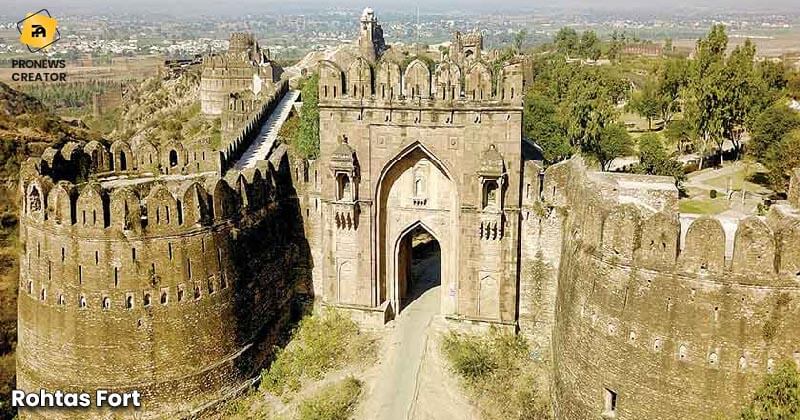
3. Moenjo-Daro Ruins
One of the earliest examples of physical evidence of urban planning can be in the Moenjo-Daro ruins.
The site is enormous and was established in 3000 BC. The location contains traces of intricate street and drainage systems.
Even though there are no outward signs of temples or monuments, riches are by archaeological finds like lapis lazuli and gold.
Unfortunately, experts warn that without immediate action, the site will have disappeared by 2030 due to a lack of preservation.
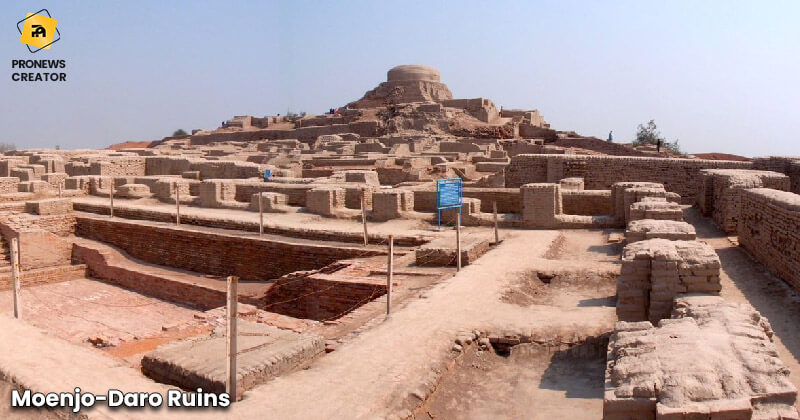
4. Baltit Fort
Baltit Fort is in the well-known Hunza Valley settlement of Karimabad, shaded by the enormous UltarSar peak. (7388 m).
The Fort was constructed at Hunza Valley’s ideal location. The views of the valley and the towering peaks are available to tourists.
According to the locals, it has constructed roughly 700 years ago.
The Princess of Baltistan received this Fort as a Dowry when she wed the Prince of the Hunza Valley.
One of the most well-known tourist destinations in Pakistan’s northern regions is this place because of its layout and location.
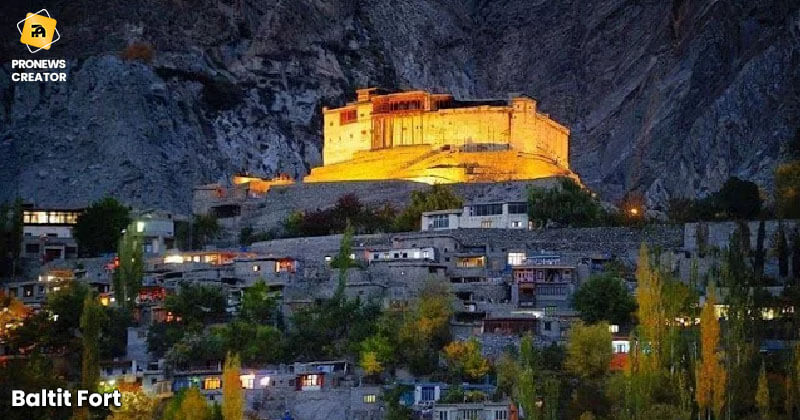
5. Takht-i-Bahi
The Buddhist religion’s throne is close to Swat Valley, Pakistan’s incredible Switzerland, in Takht-i-Bahi.
In the past, Swat Valley was probably the home of Buddhism. Takht-i-Bahi is on top of a hill with an elevation of 152 meters above sea level, about 16 km from the city of Mardan. Takht-i-Bahi, also known as “The Throne of Origin,” means “The Throne of the Spring.”
Because it is still in the shape, this Buddhist location was on the UNESCO World Heritage list.
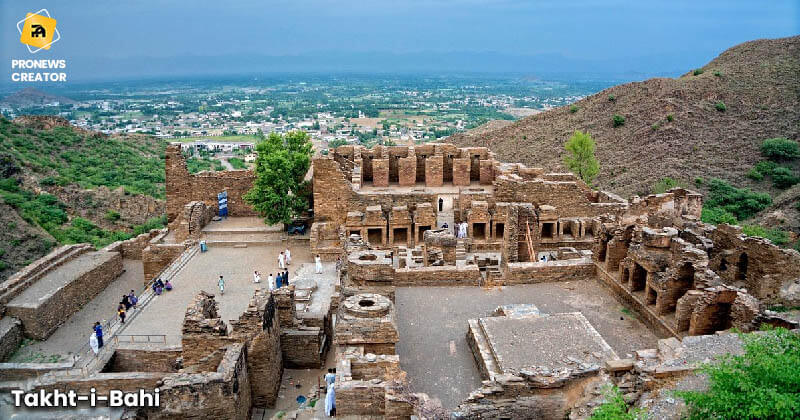
6. Historical Monuments at Makli, Thatta
The largest necropolis in the world, with over a million tombs and structures dispersed over a few square kilometres, is in this ancient city in Pakistan.
The website displays several dynasties’ architectural designs, such as those from the Samma, Tarkhan, and Mughal eras.
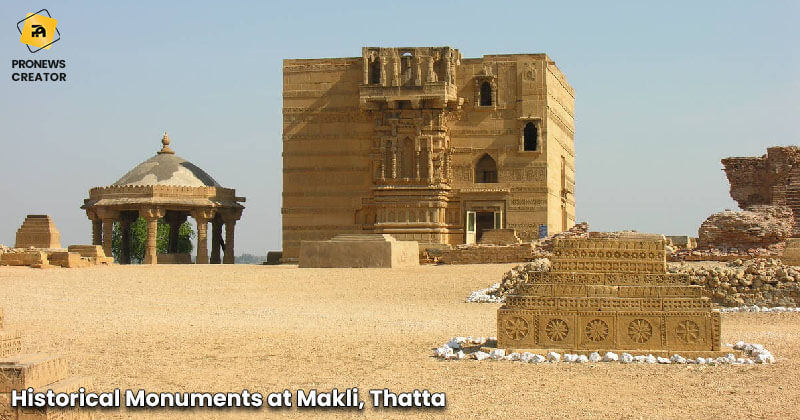
7. Mansehra Rock Edicts
The rock inscriptions in this area, which are close to Mansehra, describe events around the middle of the third century BC.
The city was a part of Taxila from about 330 to 200 BC. However, after the Indian monarch, Ashoka rose to power, the region was designated as his government’s headquarters, and the three boulders that make up the site were inscribed to prove it.
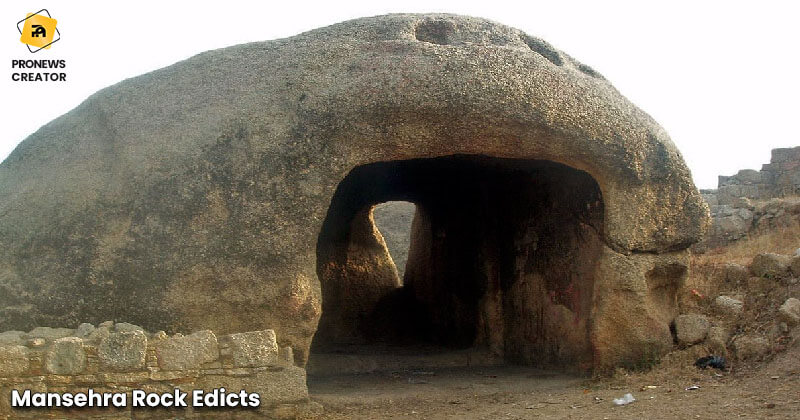
8. Tomb of Hazrat Rukn-e-Alam
The Tomb of Hazrat Rukn-e-Alam is a stunning example of pre-Mughal architecture.
It is regarded by many as Multan’s beating heart, and no other place can match its singular splendour.
The mausoleum is octagonal and features a massive white centre dome, smaller white domes, and turquoise blue accents.
The tomb’s name, Rukn-e-Alam, means “pillar of the world” and it was constructed in the first century AD.
A prominent aspect of the structure, which displays intricate brickwork and embellishments, is a niche called a mihrab, the oldest in South Asia.
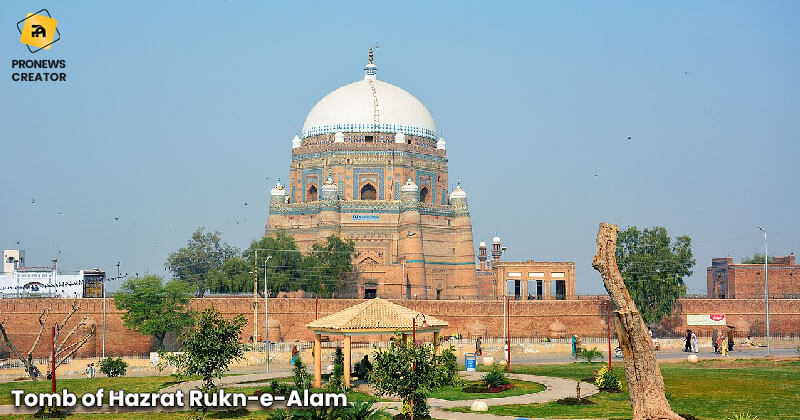
9. Ganesh Old Historical Silk Route Settlement
The Hunza Valley, which extends over Pakistan’s northern regions, has many to offer tourists.
Ganesh is a historic village in Pakistan’s Gilgit Baltistan’s Hunza Valley, close to Karimabad.
According to legend, the village was the first historical settlement along the ancient Silk Road. Ganesh Village is an approximately 1,000-year-old town where many original inhabitants still reside.
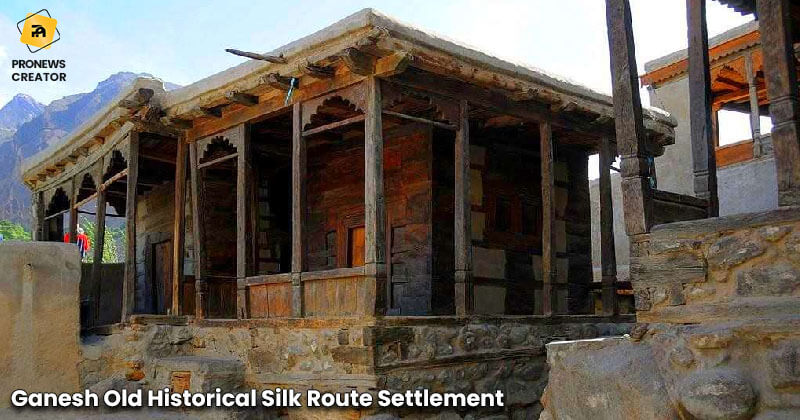
10. Shah Jahan Mosque
People frequently visit the Shah Jahan Mosque in the town of Thatta, especially after the surrounding Makli Hill.
The fact that all 93 domes are white enhances the building’s appearance from a distance.
It is renowned for its acoustics and the echoes that the inside shapes produce because of its size and quantity of domes.
It made it possible for more people to attend prayers.
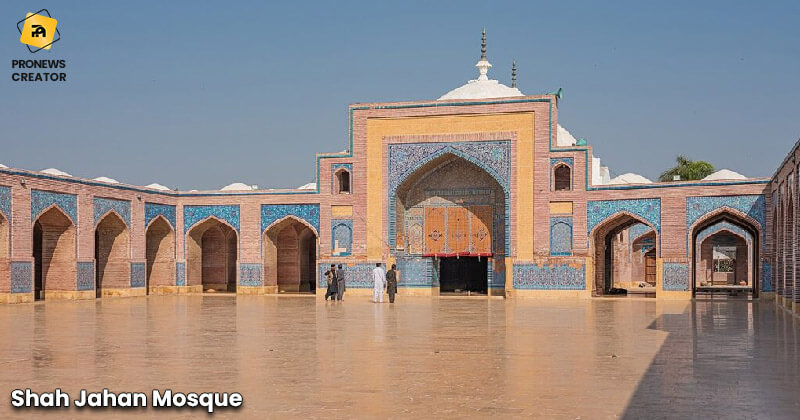
Conclusion
It concludes our article on Pakistan’s cultural heritage sites.
These locations are magnificent reminders of Pakistan’s rich and varied past. You can explore the history of Pakistan through these locations richly and distinctly.
Make travel arrangements to Pakistan right away, if you enjoy history and wish to visit more historical sites. We’ll make sure you have the trip of a lifetime.

